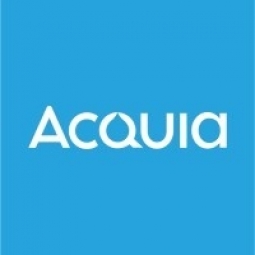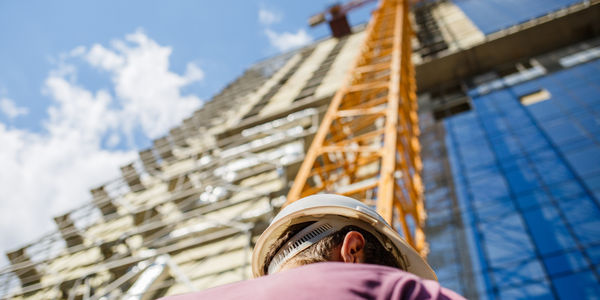技术
- 应用基础设施与中间件 - 事件驱动型应用
- 应用基础设施与中间件 - 中间件、SDK 和库
适用行业
- 水泥
- 建筑与基础设施
适用功能
- 产品研发
- 质量保证
用例
- 施工管理
- 库存管理
服务
- 系统集成
- 测试与认证
关于客户
LiveWire 是一个电动摩托车品牌,属于哈雷戴维森家族。该公司的目标是成为世界上最令人向往的电动摩托车品牌。 LiveWire 专注于电动汽车,计划开发未来技术并投资于引领摩托车转型所需的能力。 LiveWire 的指导愿景是创造下一代摩托车,其产品和体验将电动汽车的动力和技术与来自模拟机器的独特、深情的连接融为一体。
挑战
LiveWire 是一个电动摩托车品牌,旨在为其客户提供丰富的多媒体数字体验。然而,由于代码和内容紧密耦合,该公司面临着重大挑战。该公司之前的经验是定制 AngularJS 应用程序,这是一个完全静态的网站。这意味着任何媒体或内容更新都需要应用程序代码部署。即使对于简单的更新,这个过程也是复杂且耗时的。此外,负责处理应用代码部署的敏捷开发团队还负责内容更新,导致资源效率低下。内容和页面组件的构建或公开方式不允许它们在整个网站上轻松重用。编辑人员必须放弃现代 CMS 固有的许多功能,从简单的便利性到流程增强。
解决方案
为了克服这些挑战,LiveWire 与企业软件咨询公司 EPAM 合作。团队进行了利益相关者访谈,了解现有的业务和技术瓶颈和痛点。他们采用敏捷、分阶段的方法来实现可持续的内容管理,从“快速获胜”策略和专注于最频繁更改的网站内容的最小可行产品 (MVP) 开始。 EPAM 将静态 LiveWire 应用程序转变为动态 CMS 支持的网站,将 Drupal 的强大功能和编辑功能与其高度交互的 AngularJS 前端相结合。这涉及到以无头或完全解耦范例来实现 Drupal。团队利用 Drupal 丰富的 API 支持采取“内容即服务”方法,将强大的 CMS 无缝集成到现有的前端 Web 应用程序中。 LiveWire 还用 Acquia DAM 取代了其繁琐的传统媒体库,为整个组织的数字资产建立了单一的事实来源。
运营影响
数量效益

Case Study missing?
Start adding your own!
Register with your work email and create a new case study profile for your business.
相关案例.
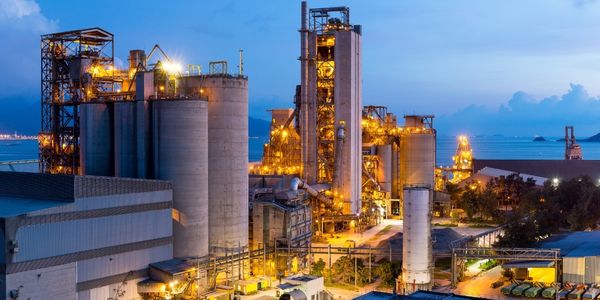
Case Study
System 800xA at Indian Cement Plants
Chettinad Cement recognized that further efficiencies could be achieved in its cement manufacturing process. It looked to investing in comprehensive operational and control technologies to manage and derive productivity and energy efficiency gains from the assets on Line 2, their second plant in India.
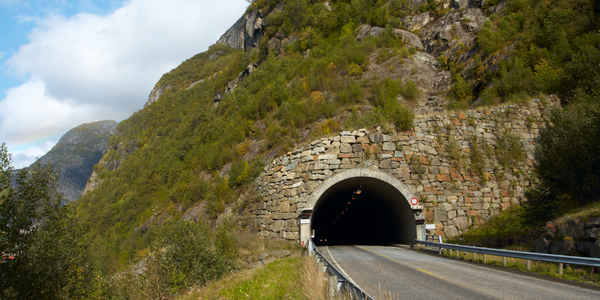
Case Study
IoT System for Tunnel Construction
The Zenitaka Corporation ('Zenitaka') has two major business areas: its architectural business focuses on structures such as government buildings, office buildings, and commercial facilities, while its civil engineering business is targeted at structures such as tunnels, bridges and dams. Within these areas, there presented two issues that have always persisted in regard to the construction of mountain tunnels. These issues are 'improving safety" and "reducing energy consumption". Mountain tunnels construction requires a massive amount of electricity. This is because there are many kinds of electrical equipment being used day and night, including construction machinery, construction lighting, and ventilating fan. Despite this, the amount of power consumption is generally not tightly managed. In many cases, the exact amount of power consumption is only ascertained when the bill from the power company becomes available. Sometimes, corporations install demand-monitoring equipment to help curb the maximum power demanded. However, even in these cases, the devices only allow the total volume of power consumption to be ascertained, or they may issue warnings to prevent the contracted volume of power from being exceeded. In order to tackle the issue of reducing power consumption, it was first necessary to obtain an accurate breakdown of how much power was being used in each particular area. In other words, we needed to be able to visualize the amount of power being consumed. Safety, was also not being managed very rigorously. Even now, tunnel construction sites often use a 'name label' system for managing entry into the work site. Specifically, red labels with white reverse sides that bear the workers' names on both sides are displayed at the tunnel work site entrance. The workers themselves then flip the name label to the appropriate side when entering or exiting from the work site to indicate whether or not they are working inside the tunnel at any given time. If a worker forgets to flip his or her name label when entering or exiting from the tunnel, management cannot be performed effectively. In order to tackle the challenges mentioned above, Zenitaka decided to build a system that could improve the safety of tunnel construction as well as reduce the amount of power consumed. In other words, this new system would facilitate a clear picture of which workers were working in each location at the mountain tunnel construction site, as well as which processes were being carried out at those respective locations at any given time. The system would maintain the safety of all workers while also carefully controlling the electrical equipment to reduce unnecessary power consumption. Having decided on the concept, our next concern was whether there existed any kind of robust hardware that would not break down at the construction work site, that could move freely in response to changes in the working environment, and that could accurately detect workers and vehicles using radio frequency identification (RFID). Given that this system would involve many components that were new to Zenitaka, we decided to enlist the cooperation of E.I.Sol Co., Ltd. ('E.I.Sol') as our joint development partner, as they had provided us with a highly practical proposal.

Case Study
Splunk Partnership Ties Together Big Data & IoT Services
Splunk was faced with the need to meet emerging customer demands for interfacing IoT projects to its suite of services. The company required an IoT partner that would be able to easily and quickly integrate with its Splunk Enterprise platform, rather than allocating development resources and time to building out an IoT interface and application platform.
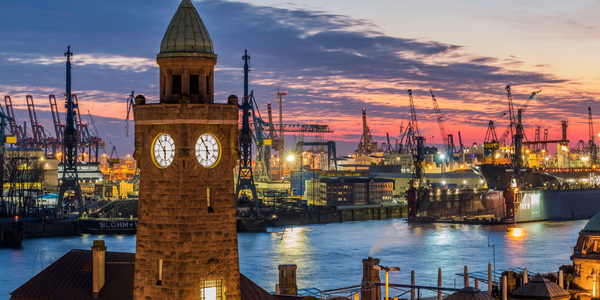
Case Study
Bridge monitoring in Hamburg Port
Kattwyk Bridge is used for both rail and road transport, and it has played an important role in the Port of Hamburg since 1973. However, the increasing pressure from traffic requires a monitoring solution. The goal of the project is to assess in real-time the bridge's status and dynamic responses to traffic and lift processes.
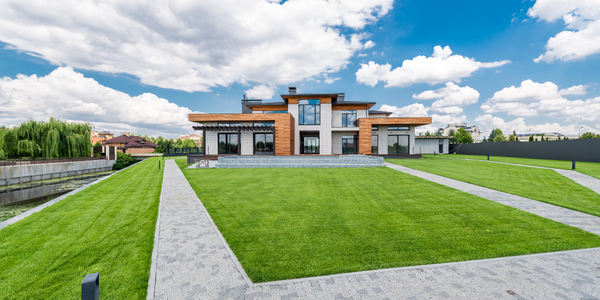
Case Study
Bellas Landscaping
Leading landscaping firm serving central Illinois streamlines operations with Samsara’s real-time fleet tracking solution: • 30+ vehicle fleet includes International Terrastar dump trucks and flatbeds, medium- and light-duty pickups from Ford and Chevrolet. Winter fleet includes of snow plows and salters.




